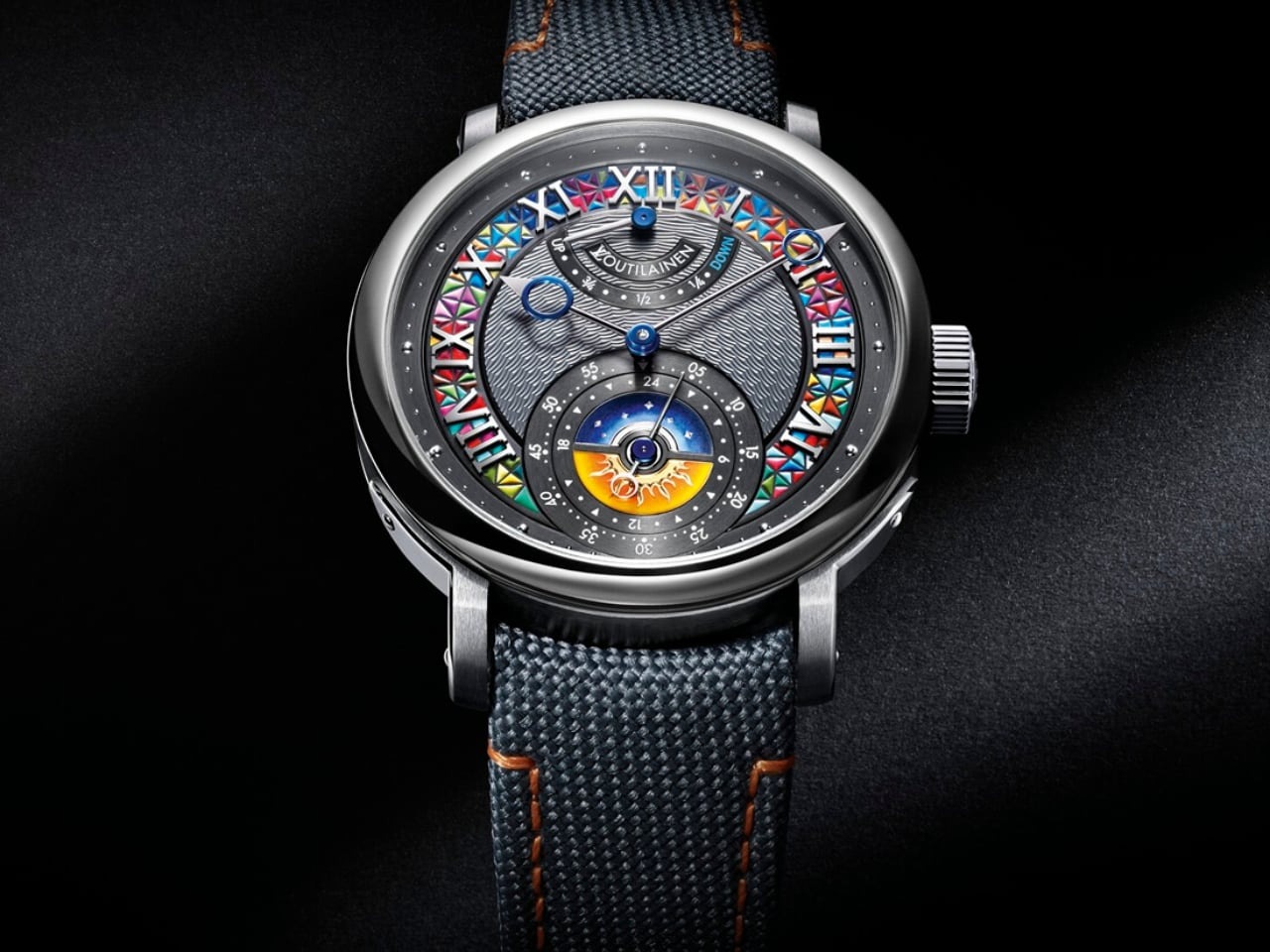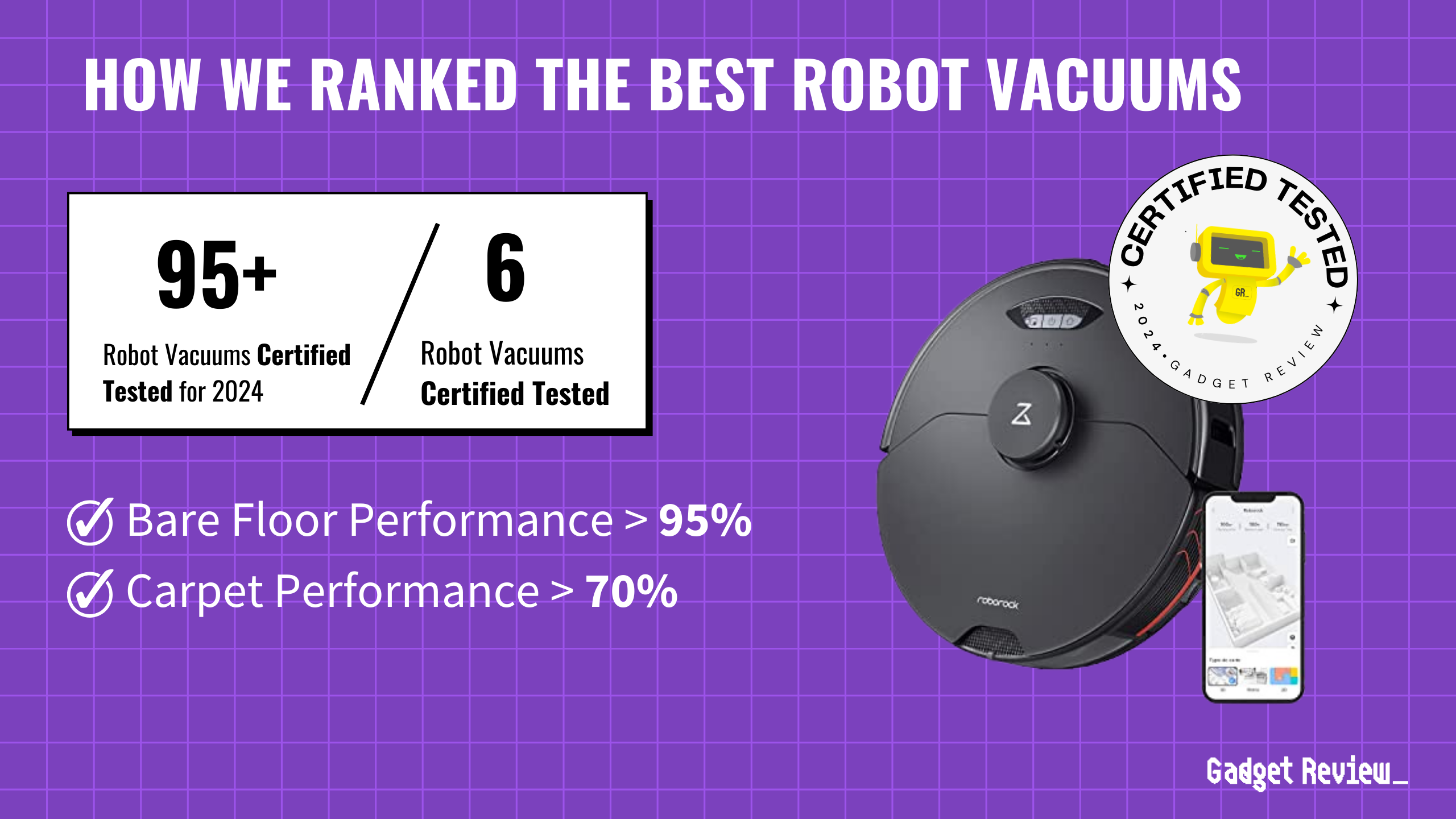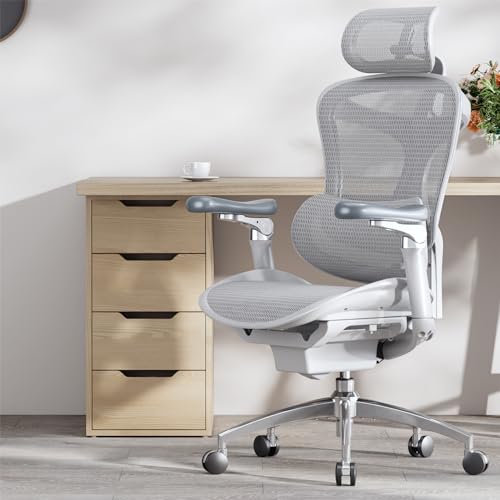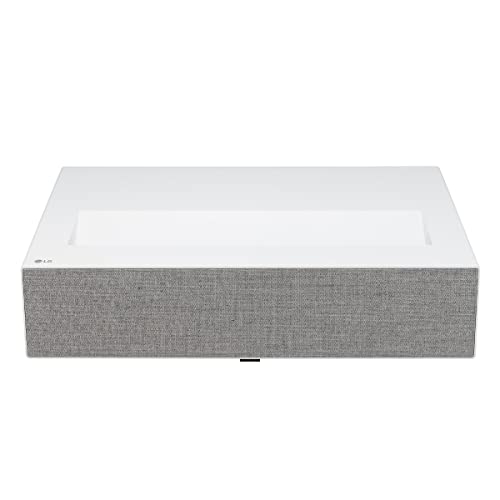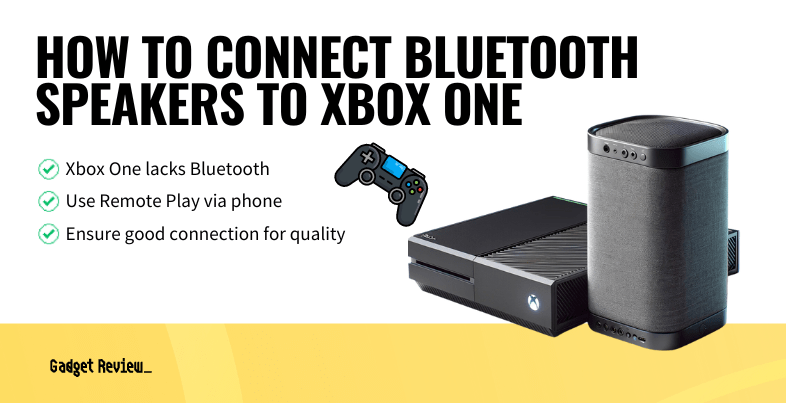The 1980s was a vibrant decade that gave rise to some of the most memorable toys that defined childhood for many. From video game consoles to plush dolls, these toys not only entertained but also reflected the culture of the time, creating unforgettable moments for kids everywhere.
Nintendo Entertainment System (NES)
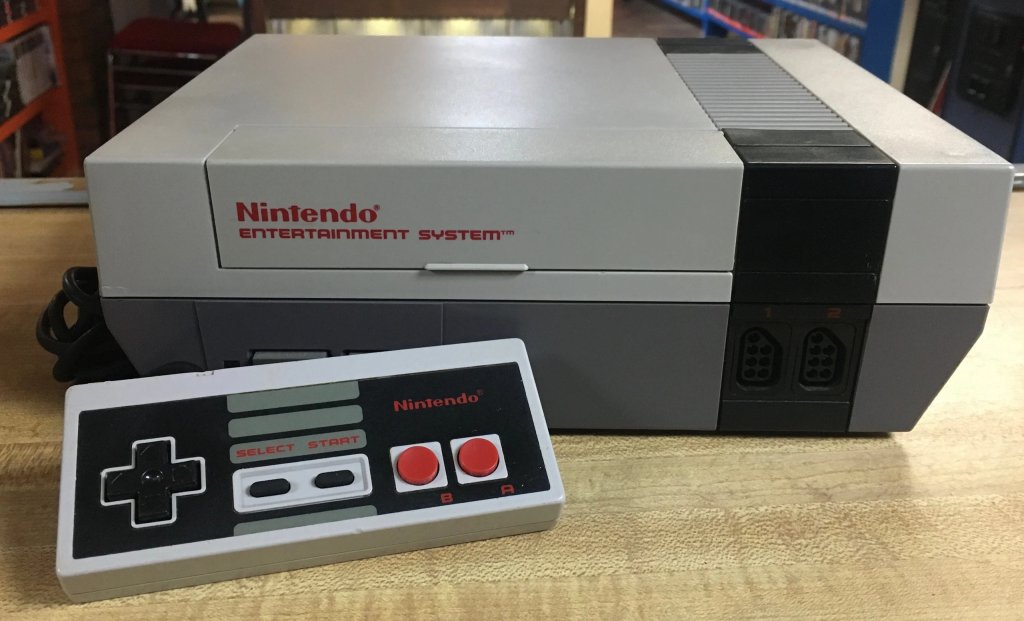
The Nintendo Entertainment System, or NES, was launched in North America in 1985 and quickly became a household name. Originally introduced in Japan as the Famicom, the NES played a pivotal role in reviving the video game industry after a significant crash in 1983. With its 8-bit processor, the NES offered high-quality graphics and sound, making it a game-changer for home entertainment.
Iconic titles like Super Mario Brothers, The Legend of Zelda, and Metroid not only captivated players but also laid the foundation for franchises that continue to thrive today. By the end of the 1980s, over 61 million NES consoles had been sold worldwide, solidifying its place in gaming history.
Cabbage Patch Kids
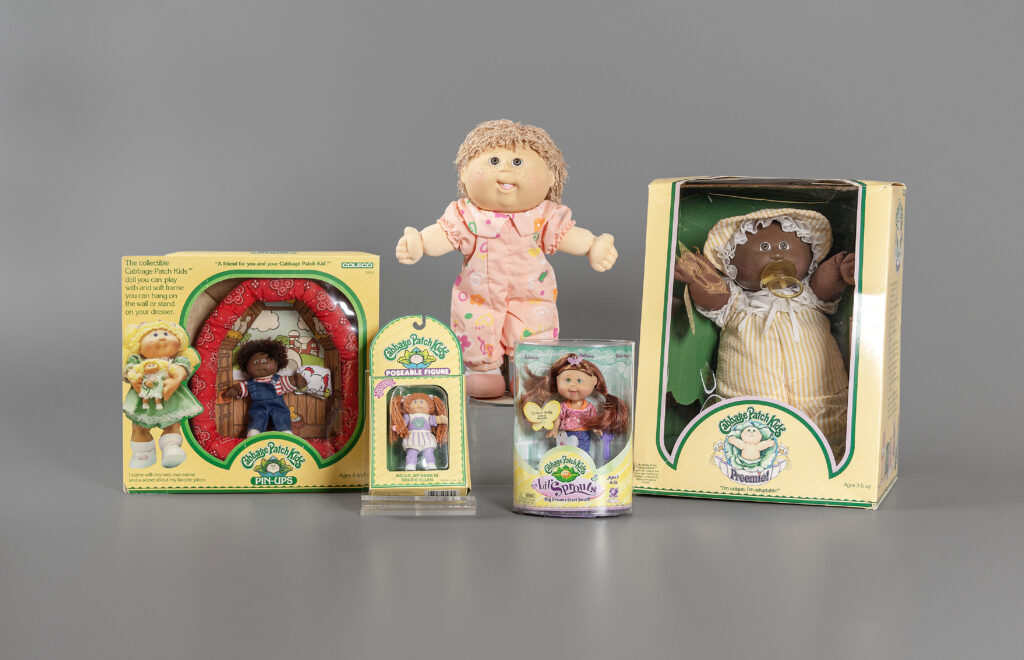
Cabbage Patch Kids were a phenomenon that took the 1980s by storm. Created by Xavier Roberts in 1978, these soft-bodied dolls became a massive hit when mass-produced by Coleco in 1982. Each doll came with a unique name and a birth certificate, making them feel like real children to their owners. The demand for these dolls skyrocketed, leading to chaotic shopping scenes during the holiday seasons.
Their distinctive fabric bodies and chubby faces made them instantly recognizable. The popularity of Cabbage Patch Kids led to a wide range of merchandise, including clothing and toys, and even an animated TV special in 1985. Notably, they became the first toy to be displayed in the Smithsonian Institution, marking their cultural significance.
Rubik’s Cube
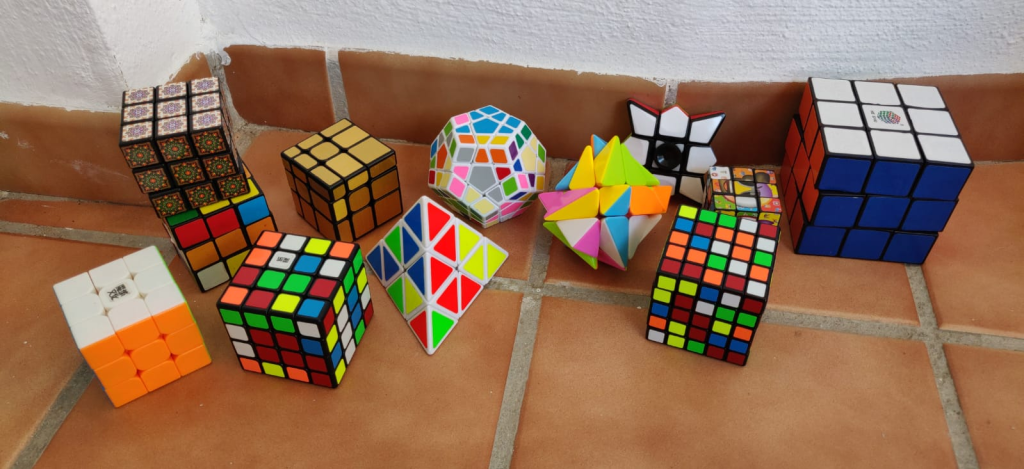
Invented by Ernő Rubik in 1974, the Rubik’s Cube became a global sensation in the 1980s. Originally called The Magic Cube, it was rebranded and released internationally in 1980. This 3x3x3 puzzle, with its six colorful faces, challenged players to twist and turn the cube until each side displayed a single color.
The Rubik’s Cube’s popularity soared, leading to millions of units sold worldwide. It inspired numerous competitions and became a symbol of intellectual challenge and problem-solving. The fastest recorded time to solve a Rubik’s Cube in the 1980s was just under 23 seconds, showcasing the skill and dedication of its fans.
Transformers
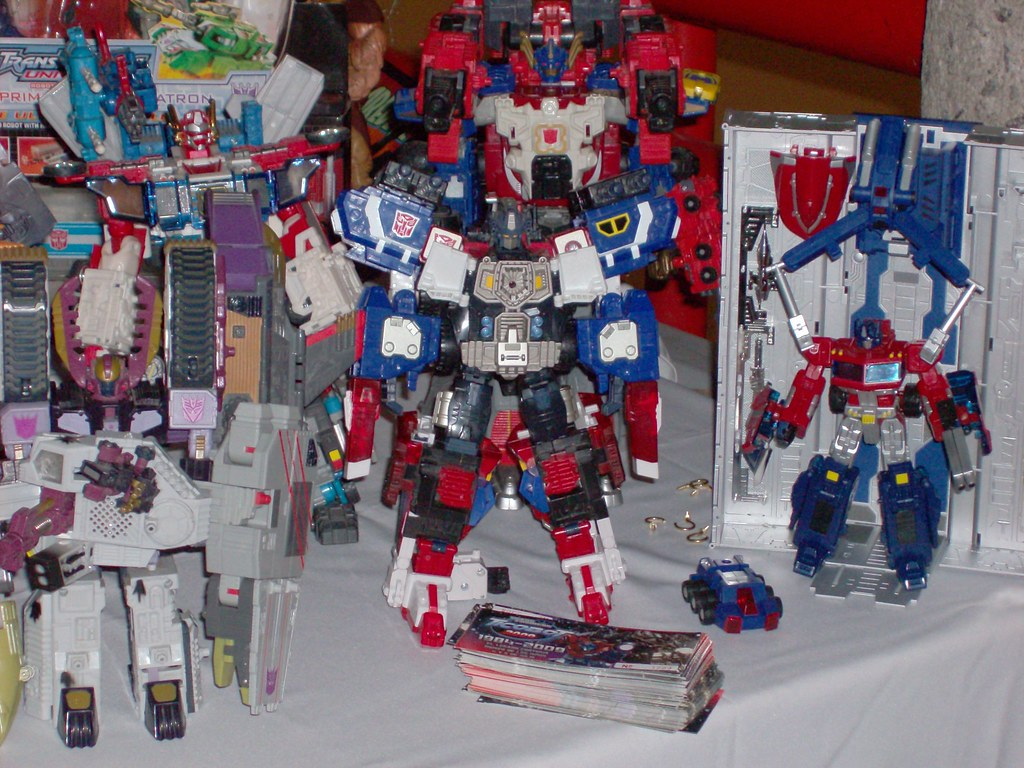
Introduced by Hasbro in 1984, Transformers quickly became one of the most popular toy lines of the decade. These action figures could transform from robots into vehicles, animals, and other objects, captivating the imaginations of children everywhere. The original toys were based on designs from Japanese toy lines, and they were accompanied by a TV show and comic book series that told the story of the heroic Autobots battling the evil Decepticons.
Characters like Optimus Prime and Megatron became household names, symbolizing the eternal struggle between good and evil. The Transformers toy line was inducted into the National Toy Hall of Fame in 2017, highlighting its lasting impact on popular culture.
My Little Pony
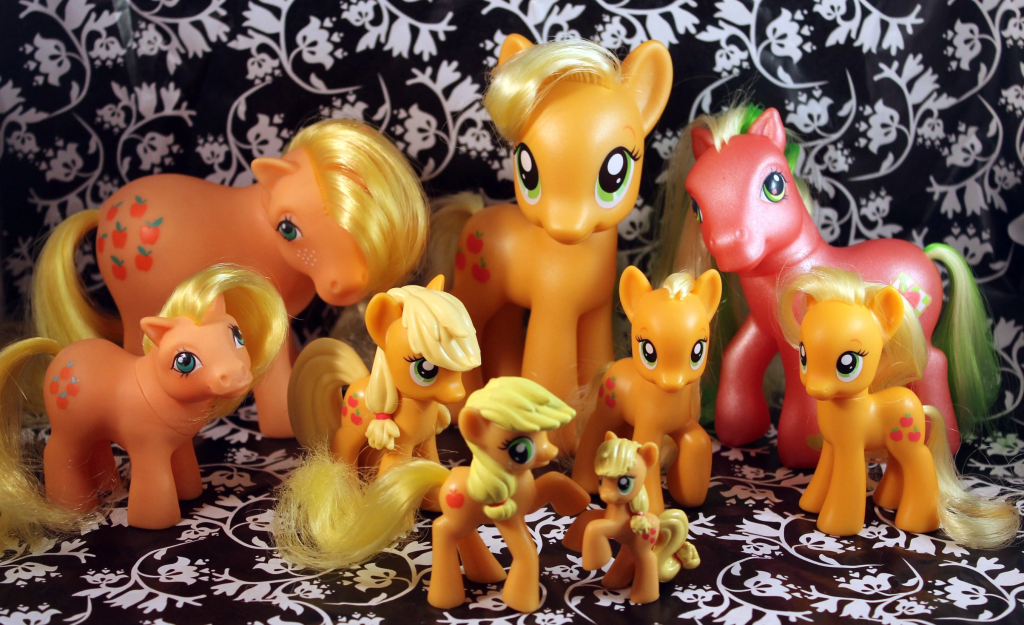
My Little Pony was introduced by Hasbro in 1981 and quickly became a favorite among children. Known for their vibrant colors, brushable manes, and unique symbols called cutie marks, each pony had its own personality and backstory. This individuality helped them stand out and become beloved by kids.
The success of My Little Pony led to an animated television series that further boosted their appeal. By 1986, the franchise had expanded to include books, clothing, and even a feature-length movie. The ponies were designed to teach values like friendship and kindness, resonating with both children and parents alike, and generating over $100 million in sales by 1985.
Care Bears
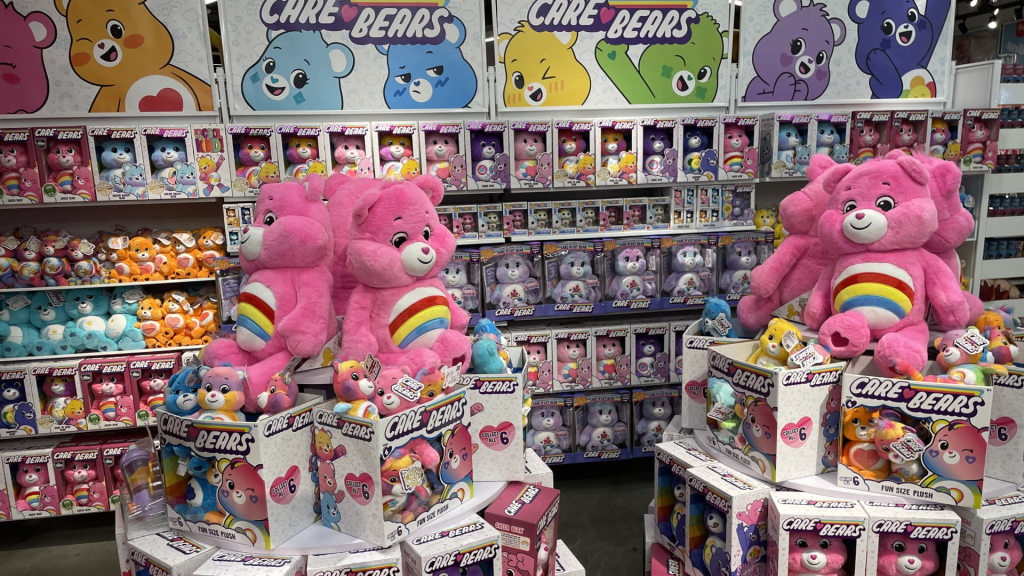
Care Bears were first introduced in 1981 as characters on greeting cards by the American Greetings Corporation. Each colorful bear had a unique belly badge representing its personality. In 1983, they were transformed into plush teddy bears, which quickly became a hit with children.
The success of the plush toys led to the creation of a Care Bears television series in 1985, further boosting their popularity. By the mid-1980s, the Care Bears had expanded into a wide range of merchandise, including books and movies. Their message of caring and sharing resonated with children and parents alike, making them a significant cultural icon of the decade, generating over $2 billion in sales during the 1980s.
Teenage Mutant Ninja Turtles
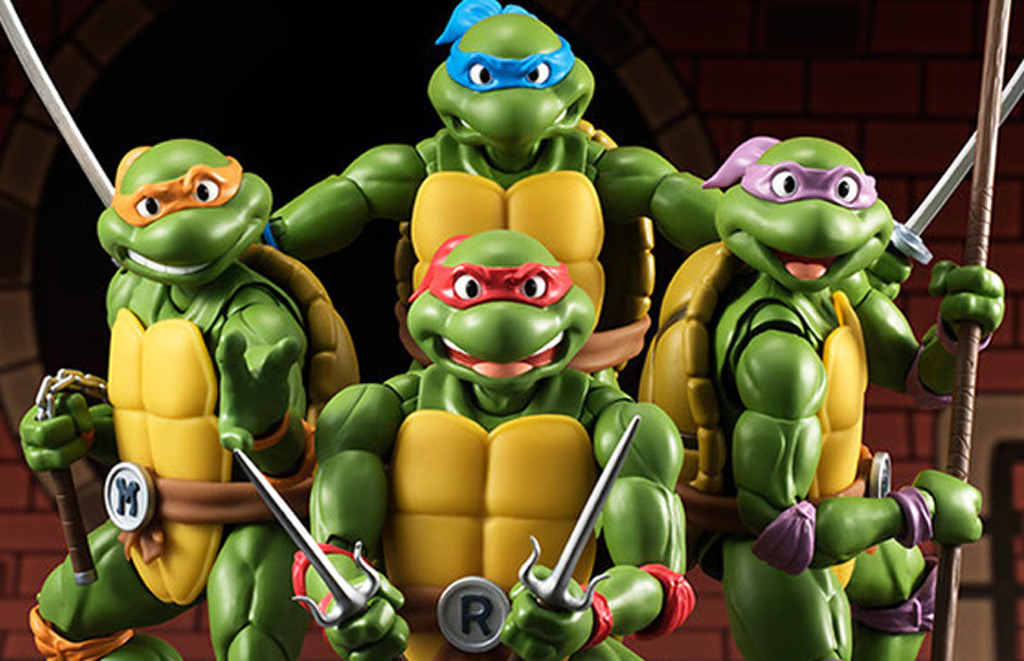
Teenage Mutant Ninja Turtles first appeared as a comic book in 1984, created by Kevin Eastman and Peter Laird. The story follows four turtles—Leonardo, Michelangelo, Donatello, and Raphael—trained in martial arts by their rat sensei, Splinter. In 1987, the turtles gained widespread recognition through an animated TV series, leading to an explosion of merchandise, including action figures and video games.
Kids were drawn to the turtles’ unique personalities and exciting adventures. By the late 1980s, TMNT had become a cultural phenomenon, influencing children’s entertainment and even inspiring a live-action film. The initial comic book was meant to parody popular comics of the time, but it quickly evolved into a beloved franchise.
Teddy Ruxpin
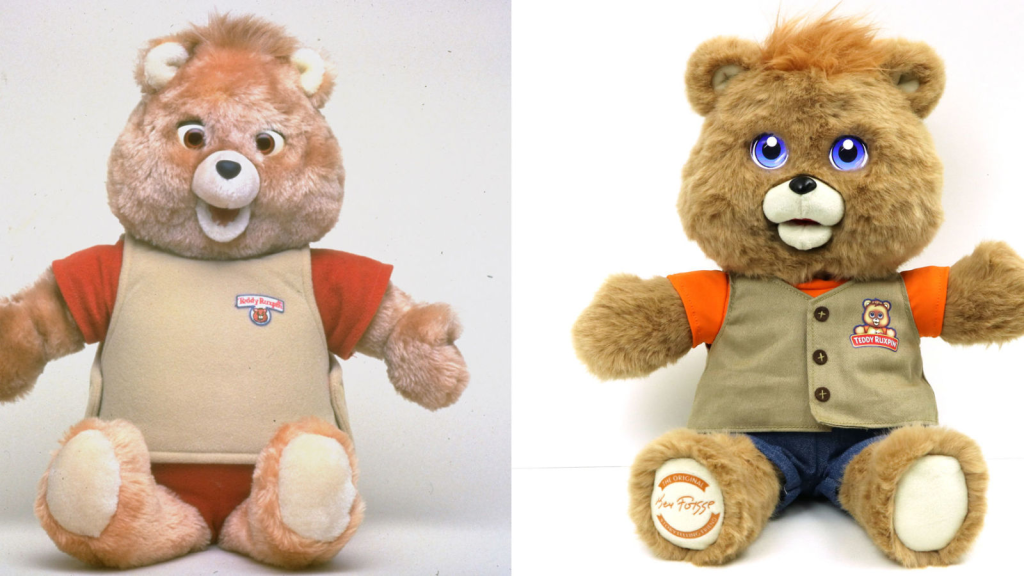
Teddy Ruxpin was a revolutionary talking bear toy introduced in 1985 by Worlds of Wonder. Unlike other stuffed animals, Teddy could move his mouth and eyes while playing pre-recorded stories from a cassette tape deck built into his back. This interactive storytelling feature made him a favorite among children, as he brought stories to life.
Teddy Ruxpin’s friendly appearance and engaging adventures with his friend Grubby made him more than just a toy; he was a companion. This innovative toy sold millions of units and became a must-have item during the 1980s, even leading to a TV series and various merchandise that solidified his place in 1980s childhood culture.
Masters of the Universe
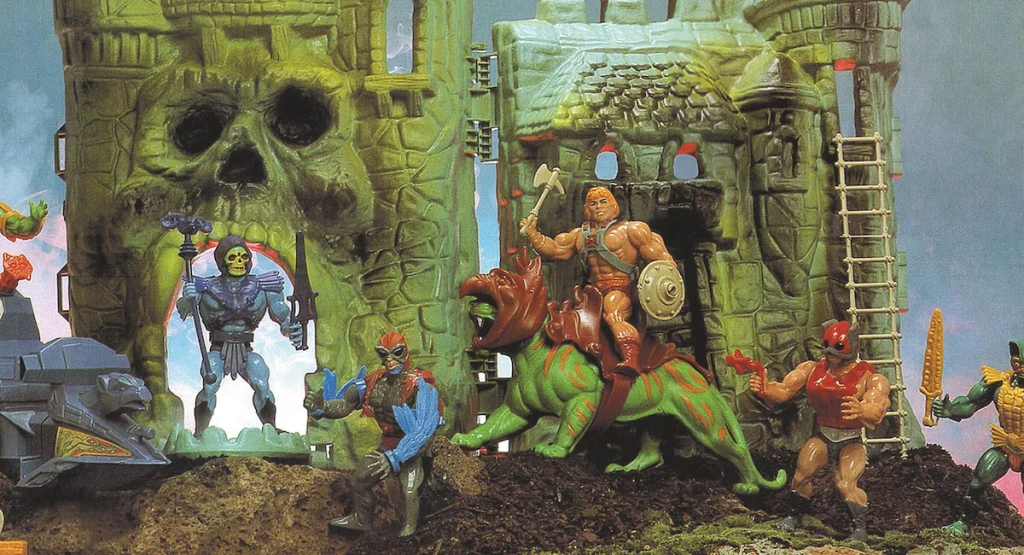
Masters of the Universe was a beloved toy line created by Mattel in the early 1980s. Featuring characters like He-Man and Skeletor, the toys came with mini comic books that told stories of their adventures. The toy line’s success inspired an animated TV series called He-Man and the Masters of the Universe, which helped boost its fame and made He-Man a household name.
The toys were known for their distinctive muscular designs and accessories like swords and shields. He-Man was originally created to compete with the popularity of Star Wars action figures, and the franchise became a significant part of 1980s pop culture, influencing generations of fans.
Micro Machines
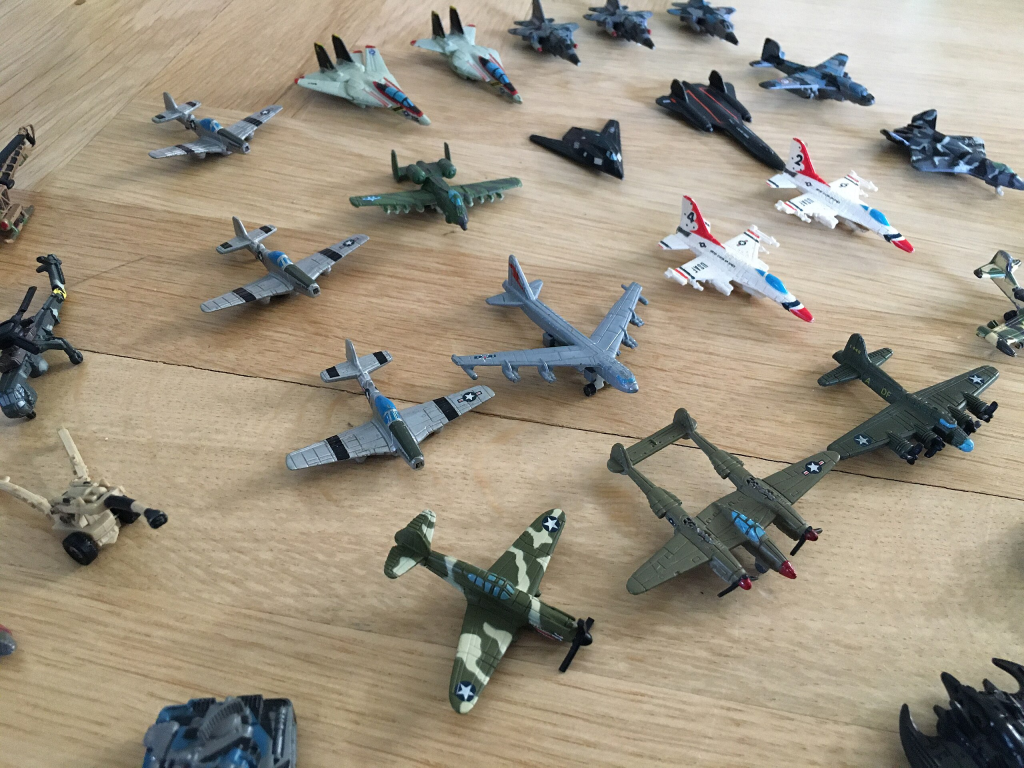
Micro Machines were tiny toy cars that first hit the shelves in 1987, quickly capturing the attention of kids everywhere. Produced by Galoob, these miniature vehicles were about half the size of regular toy cars, allowing children to collect and store many of them easily. The detailed craftsmanship and variety of vehicles, including cars, trucks, and airplanes, made them highly admired.
Kids enjoyed creating elaborate playsets and racing their tiny cars through miniature cities. Micro Machines also featured a popular advertising campaign with fast-talking spokesman John Machida Jr., who became an icon of 1980s commercials. The influence of Micro Machines extended beyond toys, inspiring a video game series in the 1990s, showcasing their lasting impact on childhood play.










